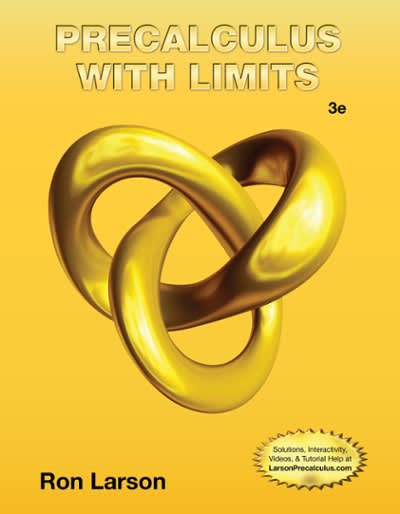Question
p-value thinking is central to all the work we do in this class. We think like statisticians (use p-value thinking) anytime we are confronted with
"p-value thinking" is central to all the work we do in this class. We think like statisticians (use "p-value thinking") anytime we are confronted with something surprising and check how likely we were to see such a result "accidentally", if "nothing was really going on". For instance, recently I was changing the battery for one smoke detector in my ceiling when another smoke detector in the next room started squealing that it too was out of batteries. This seemed strange! I wondered how likely two smoke detectors were to drain their batteries within an hour of each other, assuming nothing was wrong with my house's electrical system. This is "p-value thinking"
Describe (or invent if you prefer) an example from your own life when you used "p-value thinking". Remember the essential elements: (1) some surprising event happens, (2) you check how likely an event like this is to happen by random coincidence, (3) you decide whether that coincidence is too extreme to ignore.
Rubric:
- Explain an example
- Explain briefly why this event is very unlikely to happen by random coincidence and the coincidence is too extreme to ignore
Step by Step Solution
There are 3 Steps involved in it
Step: 1

Get Instant Access to Expert-Tailored Solutions
See step-by-step solutions with expert insights and AI powered tools for academic success
Step: 2

Step: 3

Ace Your Homework with AI
Get the answers you need in no time with our AI-driven, step-by-step assistance
Get Started


